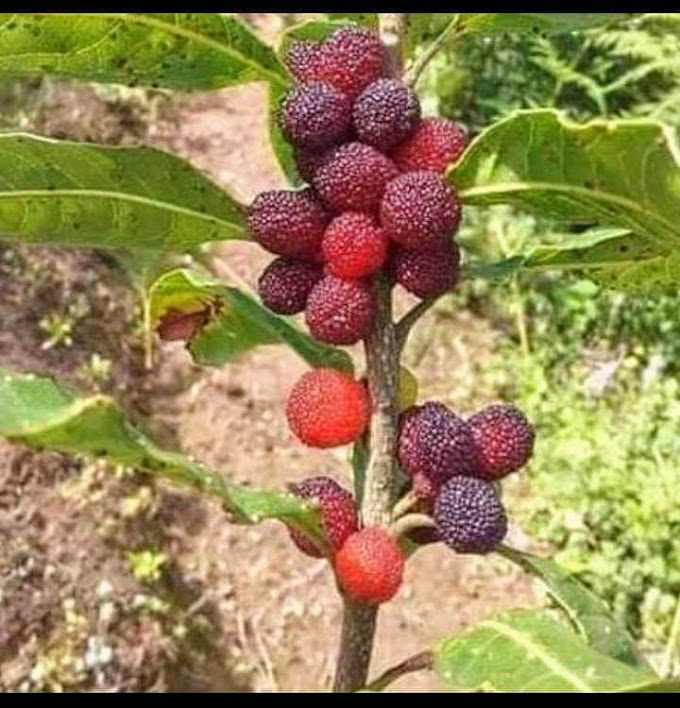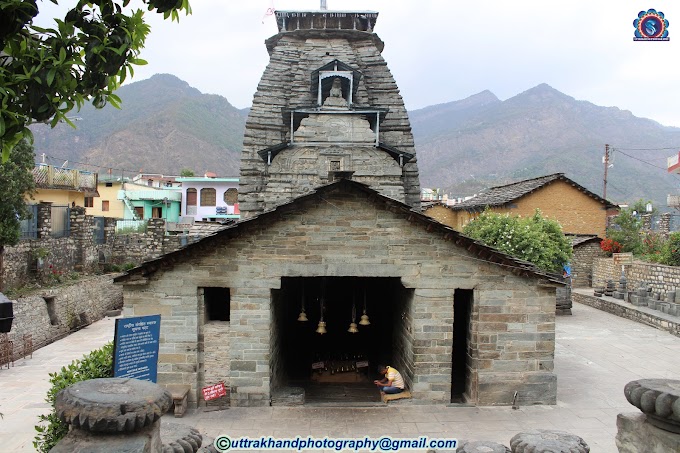The value of one rupee is not just monetary—it holds economic, social, and symbolic significance. Let’s break it down:
1. Monetary Value
- In purely financial terms, one rupee is the smallest unit of the Indian currency.
- While its purchasing power might seem small, when compounded, even a single rupee can grow significantly through investments, savings, or collective use.
2. Symbolic Value
- It represents financial inclusion and equality, as every large sum starts with a single rupee.
- It is often given as a gesture of blessings in Indian traditions, symbolizing auspicious beginnings.
3. How It Can Make a Big Worth
- Savings: Regularly saving one rupee daily can lead to significant savings over time. For example, saving ₹1 daily for a year equals ₹365. When invested in a recurring deposit or mutual funds, this amount grows with interest.
- Investments: Investing ₹1 can grow exponentially in a long-term financial plan due to the power of compounding.
- Collective Impact: When pooled together, one rupee from millions can fund significant social or economic projects.
- Charity: Even a single rupee donated by multiple individuals can support causes like education, healthcare, or disaster relief.
Interesting Insights
- Historical Worth: In pre-independence India, one rupee had much greater purchasing power. Over time, inflation has eroded its value, but its symbolic importance persists.
- Global Perspective: The value of one rupee varies when compared to foreign currencies and can hold higher worth in countries with weaker economies.
Other Considerations
- Financial Literacy: Understanding the value of money, even a single rupee, is crucial. It teaches discipline, budgeting, and the importance of small contributions.
- Opportunities: A single rupee invested wisely in a business or idea could lead to significant growth and opportunities.
The saying "every penny counts" applies to rupees as well—when valued, managed, and utilized effectively, even the smallest amounts can lead to substantial outcomes.


.jpg)

















Follow Us